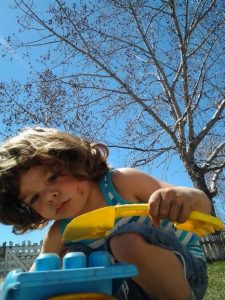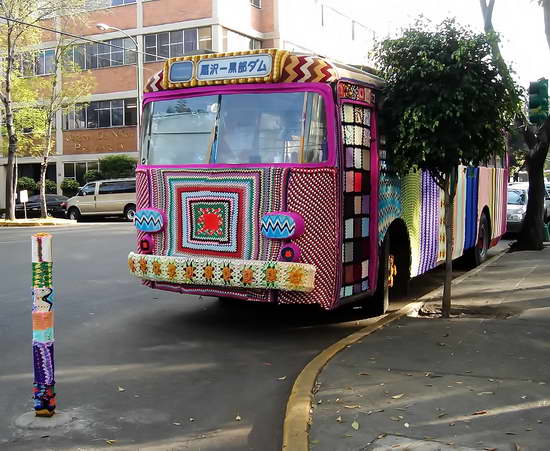A Day in My Alma Mater
(Latin meaning of Alma Mater is nourishing or bountiful mother).
When Pipe invited me into his studio as an apprentice 24 years ago, he sealed, without knowing it, my path as an artist. I would drive to his home-studio located on the picturesque freeway from Cuernavaca to Mexico City in my black Vocho (Volkswagen Beetle). As agreed, I would meet him on the side of the road, and we would drive into his housing complex together. I will never forget the sight of him sitting there waiting for my arrival, elegantly poised on a rock, wearing his black Greek fisherman’s cap, and holding a cane with the head of a llama on it. His cane was a spade in disguise, and if someone complimented it, he would draw it in a flash to show off what was underneath and always enjoyed the shock in peoples faces. He lived alone in a quaint cabin with brick, hand-crafted dome roofs. Books lined the walls from floor to ceiling, yet, whenever he wanted to reference a book or lend me one to take home, he knew exactly where to go and look. In those days, he read voraciously and would tell me about the books that he was reading. He would recommend and lend books to me, and we would talk about them, laugh, and discuss.
I went to his studio daily for four years that were formative at every level, and of which I have fond memories. I honour those days every time I prepare a homemade release agent for moulds or a solution to harden plaster with alum stones, or make my own carnauba wax, or burnish a wooden sculpture with the secret technique he passed on to me. The other day, while looking for a carving tool in my drawer, I came across the set of rasps that he made for me and carved my name and date into. I remember when he gave them to me – I arrived at his studio that day to find a nicely wrapped present with a little card that read: “para Danira, del gran Pipe.” I still have that card. I cherish those rusty rasps and keep them like treasures in the same special little box where I keep a sculpting tool that I took from my school when I was in grade three. For some mysterious reason, I felt that that tool was indispensable for my 9-year-old persona, so I put it in my pocket and ran home as fast as I could.
I would arrive at his house by late morning. We would always begin the day with a cup of Cafe Oro, sitting in a little area in front of his front door, and talk about life, literature, art, or something from the day before that he wanted to re-evaluate. He was generous and thoughtful, and very appreciative of a great conversation which he liked to follow up with delightful gestures, like when we realized we shared a love of Oscar Wilde’s work. One day he surprised me with cucumber sandwiches prepared just like the ones Algernon ate in The Importance of Being Earnest.
In the evenings, or on cold, damp days, we would sit in his sunken living room with the fireplace going and classical music playing very loudly. He enjoyed the acoustic effect that the domes had on the sound. He would close his eyes and enjoy the music…. I remember Cesar Frank’s Sonata, among many more, and have a copy of it in my collection. The studio was a detached structure in the same compound with no heating, so It could get quite cold, damp, and foggy, making it impossible to work well with plaster, so we would go inside and have great conversations that he would reference with books and stories.
Pipe was one of these people that retained a youthful perspective on life and the way to live it that didn’t age, and he could connect to people of any age, but clearly preferred to communicate with the young. Even as his body aged his mind and general outlook on things stayed the same. He was an excellent listener to me and a wise and knowledgeable confidant. He had a witty and intelligent sense of humour but could, at times, be inflexible and arrogant.
Pipe is responsible for introducing me to the idea that I now refer to as constructible sculpture and the use of the combination of various materials. But more than that, I hold him responsible for being the defining element that pushed me to pursue sculpture professionally.
He passed away 10 years ago and today would have been his 86th birthday. These words are an homage to him. More to me than an uncle or a teacher, he was an accomplice with whom I had the joy and honour of sharing four edifying and beautiful years. Shortly before he died, he had dinner with us in our home in Mexico City. He had almost lost his voice entirely and spoke in a whisper. At some point over wine, he looked at Edward and me firmly and whispered… “Don’t forget that there will always be providence for the Artist.”
This is a conversation I would have liked to follow up on. We never did.

 I found a note I wrote six ½ years ago describing how I found the spine of a squirrel that I am now using as a model for a sculpture I am currently working on. The story now makes me chuckle because I remember feeling completely unprepared to answer my son’s questions regarding the topic of death. He was only 3 ½ years old.
I found a note I wrote six ½ years ago describing how I found the spine of a squirrel that I am now using as a model for a sculpture I am currently working on. The story now makes me chuckle because I remember feeling completely unprepared to answer my son’s questions regarding the topic of death. He was only 3 ½ years old.











